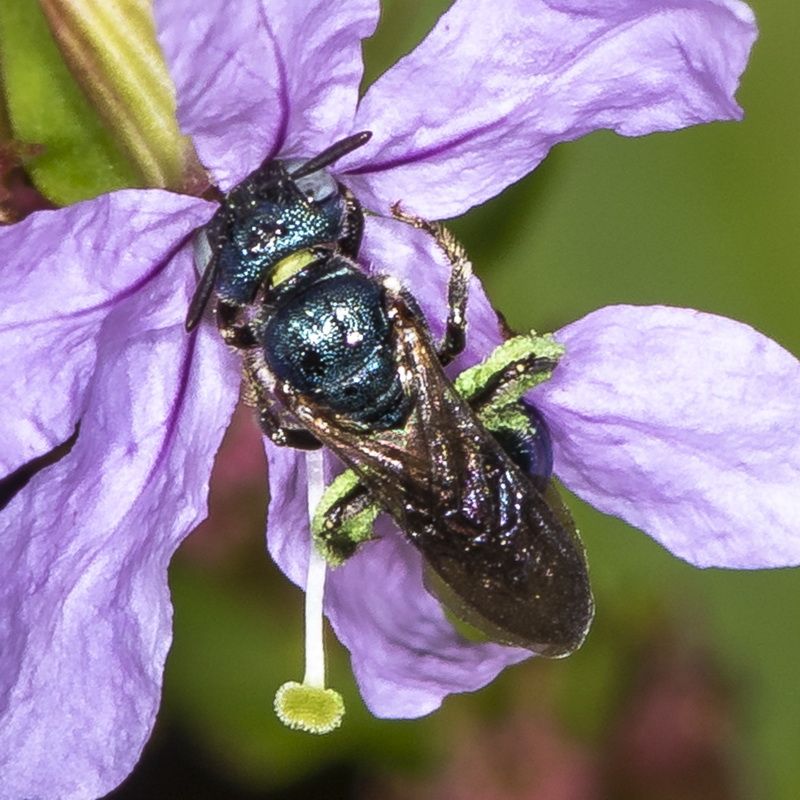FNPS Plant Database
Lythrum alatum var. lanceolatum
Nomenclature
Common Name:
Synonym(s):
Genus species:
Family:
Lythraceae
Plant Specifics
Form:
Size:
Life Span:
Long-lived perennial
Flower Color:
Fruit Color:
Phenology:
Noted For:
Landscaping
Recommended Uses:
Considerations:
Availability:
Propagation:
Light:
Moisture Tolerance:
Always Flooded---------------------------------Extremely Dry
□□□□□□■■■■■■■■■■■■■■■□□□□□□□□□□□□□□□□□□□□□
Stays wet -to- Somewhat moist, no flooding
Salt Water Flooding Tolerance:
Unknown
Salt Spray/Salty Soil Tolerance:
Low/no tolerance of salty wind or direct salt spray
Soil or Other Substrate:
Sand
Soil pH:
Suitable to Grow In:
8A,8B,9A,9B,10A,10B

USDA zones are based on the average annual extreme minimum winter temperature.
Don't know your zone? Click here to search by zip code.
Ecology
Wildlife:
This plant is an insect magnet!
- It attracts insects including long-tongued bees, green metallic bees, bee flies, butterflies, and skippers.
- Among the long-tongued bees, are such visitors as honeybees, bumblebees, cuckoo bees ( Epeolus spp., Triepeolus spp., Coelioxys spp.), long-horned bees ( Melissodes spp., Svastra spp.), and leaf-cutting bees ( Megachile spp.).
- Syrphid flies feed on the pollen, but they are non-pollinating. (I llinois Wildflowers ).
Native Habitats:
Natural Range in Florida:
Visit the USF Libraries Atlas of Florida Plants
Comments:
Ethnobotany:
General Comments:
Citations:
Hammer, Roger. 2015. Attracting hummingbirds and butterflies in tropical Florida. University Presses of Florida.
Hilty, John. 2019. Wetland wildflowers of Illinois. https://www.illinoiswildflowers.info/wetland/plants/wng_loosestrife.htm
Osorio, Rufino. 2001. A gardener's guide to Florida's native Plants. University Press of Florida, Gainesville, FL.
Wunderlin, R. P., B. F. Hansen, A. R. Franck, and F. B. Essig. 2021. Atlas of Florida Plants ( http://florida.plantatlas.usf.edu/ ). Institute for Systematic Botany, University of South Florida, Tampa.




-1920w.jpg)
-1920w.jpg)


-1920w.jpg)





